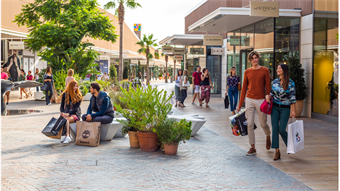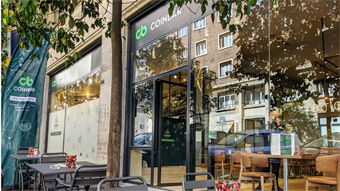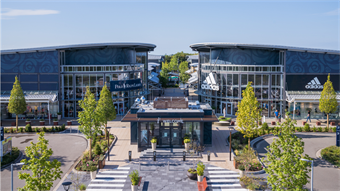COMMENT: Coffee and cake: the new asset class
- In Strategy
- 12:44, 18 April 2017
- 1446 Views

Call it F&B, foodservice, horeca, food and drink, fodder, chow or catering, the impact foodservice has had on corporate investment has been profound, writes Jonathan Doughty from JLL.
I coined the phrase ‘you can’t eat online’ back in 2007 and nothing is ever likely to replace eating and drinking as we know it, both biologically and socially. A new food and beverage asset class has been created, and this is not without its pitfalls.
I have been in the foodservice industry since I was 14 years old and over the last 40 years, our industry has gone from the ‘last job I would do’, to a cool, social industry that creates great places for people to enjoy. Yes, there is food, drink and service, but the ‘social glue’ that our industry provides makes the difference.
With the rise in the importance of the foodservice occupier, JLL Foodservice Consulting is increasingly being asked to help shape the future of places with large and small F&B components.
To manage it and get great returns from the new F&B asset class, it needs to be delivered in the right way from strategy to execution to refreshing the offer. Don’t think that F&B is just like other retail. The world is littered with failed foodservice locations that ‘benefitted’ from the ‘one size fits all’ approach.
Retail and foodservice look similar, they are tenants charged rents from which property companies generate valuations and yields. However, retail and foodservice reflect different investment characteristics, and will often perform differently, even in similar market environments.
An obvious example is the current difference in performance between the two categories. Traditional retail is experiencing changes in demand and a declining requirement for physical space, whereas F&B is the complete opposite. Our industry needs great spaces not simply confined to a few ‘hot’ footfall locations. It can truly, ‘make a place’ from nothing.
Restaurant companies are increasingly being backed by private equity and venture capital money. They seek to increase the value of their investments by expanding the number of restaurants, further increasing
the competition for space. This ‘space race’ means even average properties get snapped up quickly. Food and drink units in the UK increased 17% from 2010 to 2015, more than double the rate of growth in shops and supermarkets and continues strongly into 2017.
F&B is completely different to retail. Shops are long and thin – restaurants are like me, short and fat. And foodservice requires more power, varied and more frequent deliveries, longer opening hours and the need to deal with noise and smells. Recently in both the UK and the US, sales at restaurants and bars overtook spending at grocery stores for the first time ever, highlighting the fact that eating out is more the norm.
This is a long-term fundamental change in consumer behaviour. Foodservice, as an asset class, will become more important and valuable and the knowledge of how to deliver it more precious.
The benefits are obvious to property owners. In areas of limited property supply, competition among restaurant chains for sites has led to rapid increases in rents, the biggest restaurant rent rises are in central London but even provincial UK cities have seen increases of 25-50% on five years ago. Across
Europe and Asia, foodservice rents have been a bright spot for many. If the demand for foodservice continues to rise, and we expect it will, how do landlords, investors and developers prepare themselves for this new asset class?
Critically, it is important for investors to better understand the importance of creating spaces specifically designed for foodservice. It is more complicated, but those that build and deliver it properly will be
richly rewarded. The most exquisite irony is that the old, disused, unloved and abandoned seem to be making the best foodservice spaces right now. F&B is a magnificent property ‘recycler’.
Bon appetit!






